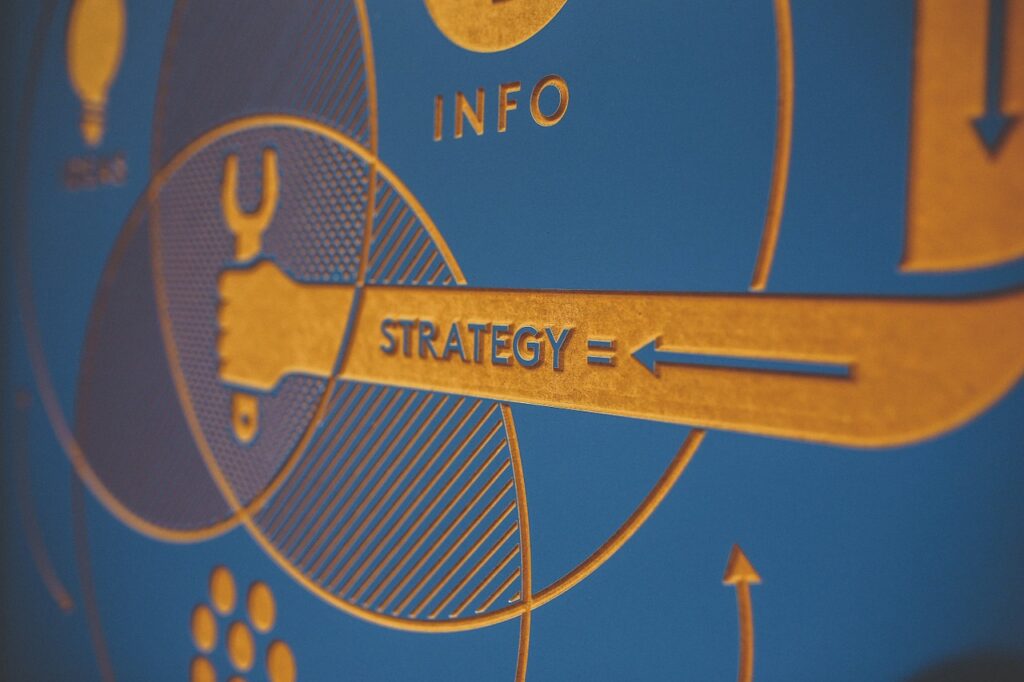How Competitive Forces Shape Strategy – Summary
The article “How Competitive Forces Shape Strategy”, a strategic planning article written by Micheal E. Porter, discusses the nature and degree of competition in an industry hinge on five forces:
- The threat of new entrants
- The threat of substitute products or services
- The jockeying among current contestants
- The bargaining power of suppliers
- The bargaining power of customers
“How Competitive Forces Shape Strategy” To establish a strategic agenda for dealing with these contending currents and to grow despite them, a company must understand how they work in its industry and how they affect the company in its particular situation. The author details how these forces operate and suggests ways of adjusting to them, and, where possible, of taking advantage of them.
Micheal E. Porter
Mr. Porter is a specialist in industrial economics and business strategy. He is also an associate professor of business administration at the Harvard Business School. He has created a course there entitled “Industry and Competitive Analysis.” He sits on the boards of three companies and consults on strategy matters, and he has written many articles for economics journals and published two books. One of them, Inter-brand Choice, Strategy and Bilateral Market Power (Harvard University Press, 1976) is an out-growth of his doctorate, for which he won the coveted Wells prize awarded by the Harvard economics department.
Threat of New Entrants
Companies diversifying through acquisition into the industry from other markets often leverage their resources to cause a shake-up, as Philip Morris did with Miller beer. Why new companies entrants in any industry, because:
- New entrants to an industry bring new capacity
- The desire to gain market share
- Bring substantial new resources (often)
There are six major sources of barriers to entry:
- Economies of scale
- Product differentiation
- Capital requirements
- Cost disadvantages independent of size
- Access to distribution channels
- Government policy
The Threat of Substitute Products or Services
The industry will suffer in earnings and possibly in growth unless it can upgrade the quality of the product or differentiate it somehow (as via marketing). Substitute products or services limit the potential of an industry by placing a ceiling on prices it can charge. Substitutes not only limit profits in normal times; they also reduce the bonanza an industry can reap in boom times.
The Jockeying among Current Contestants
Rivalry among existing competitors takes the familiar form of jockeying for position, using tactics like:
- Price competition
- Product introduction
- Advertising slug-fests
Intense rivalry is related to the presence of a number of factors, such as:
- Competitors are numerous or are roughly equal in size and power.
- Industry growth is slow
- Precipitating fights for market share that involve expansion-minded members
- Exit barriers are high
- The rivals are diverse in strategies, origins, and “personalities.”
The Bargaining Power of Suppliers
The power of each important supplier group depends on a number of characteristics of its market situation and on the relative importance of its sales to the industry compared with its overall business. A supplier group is powerful if:
- Dominated by few companies
- Supply unique product
- Switching cost
- No obligation to compete with other products
- Poses credible threat of forward integration
- Industry is not important customer
The Bargaining Power of Customers
The power of each important customer group depends on a number of characteristics of its market situation and on the relative importance of its purchases to the industry compared with its overall business. A costumer group is powerful if:
- Involves bulk buying
- Buys standard products
- Purchase represents a significant cost in end products
- It earns low profits, which create great incentive to lower its purchasing costs.
Conclusion
Gaining the customer loyalty is not only too difficult nowadays but also involve huge time and cost to achieve it. However, by having awareness of these forces, it can be very helpful for a company to stake out a position in its industry that is less vulnerable to attack. Apparel industry is one of the booming industries. The above mentioned factors determine that the entry barrier for a new entrant in apparel industry is high. It is difficult for a new entrant to enter and exit easily, because it will have to face the initial losses. It is very difficult to match the service level of the established competitors of the market for initials.

